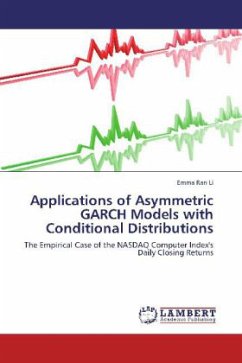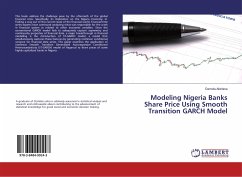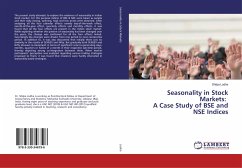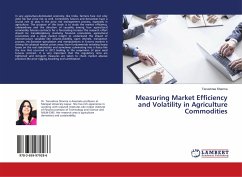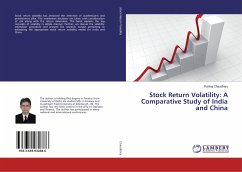The purpose of this honors thesis is to find an appropriate GARCH (Generalized Autoregressive Conditional Heteroskedasticity) Model for the daily closing returns of the NASDAQ Computer Index, given a ten-year time series of closing prices. On the one hand, Standard GARCH Models are not sufficient enough, if consider the leverage effects, that is, the volatility responds to good news and bad news differently. In this case, asymmetric GARCH Models are better, and, in particular, Exponential GARCH (EGARCH) Model is the best. On the other hand, EGARCH Models with alternative conditional distributions perform better than that with the default Normal Conditional Distribution. In particular, the Skew Generalized Error Distribution is found to be a good fit that generate large P-values against the null hypotheses in various tests. In conclusion, among all of the models investigated, the EGARCH Model with the Skew Generalized Error Distribution is the best.

